|
|
Allstars Inspection |
Common Attic Problems | |

|
Attic ventilation
The total vent area (including roof vent, gable vent, ridge vent and soffit vent) is recommended to be 1/300 of the floor space of the attic. Low-slope, flat and cathedral roofs should be 1/150 of the roof area |
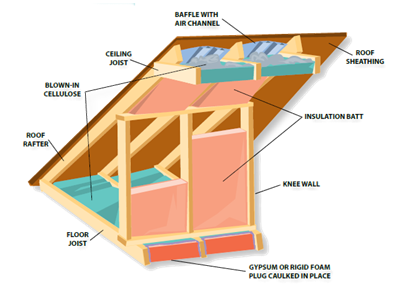
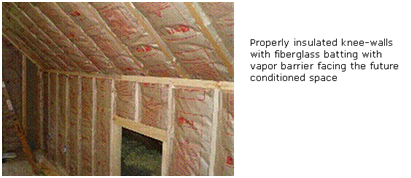
|
Attic knee walls need insulation |
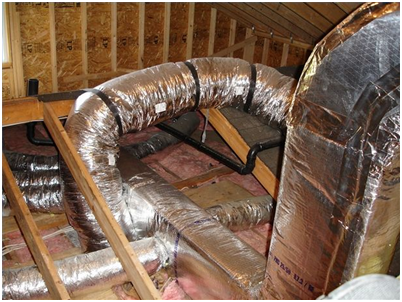
|
ducts in attic should be insulated
Air conditioning ducts should have their air/vapor barrier on the outside Heating ducts should have insulation on the outside Uninsulated duct will cause condensation due to warm, moist air in winter. |
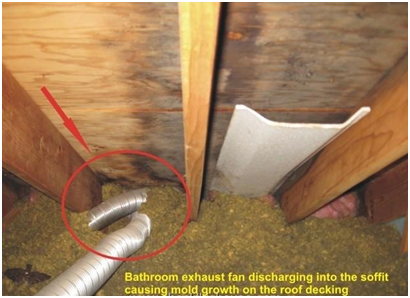
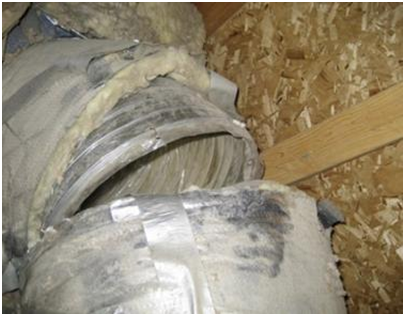
|
Damaged or disconnected ducts in attic
A disconnected duct can cause heat loss and condensation in the attic and the condensation in the ductwork. |

|
Air/vapor barrier on attic floor In Canada, there should be an air/vapor barrier (Kraft paper for older homes or polyethylene film for homes built after 1970s) on the attic floor |
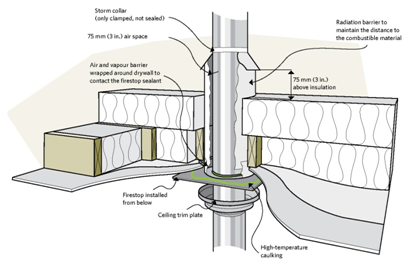
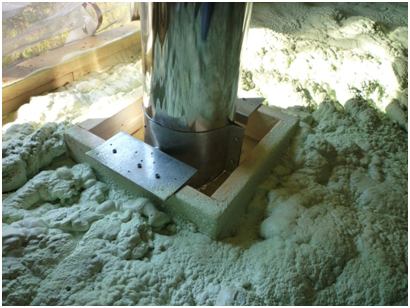
|
Metal chimney isolation from insulation
Metal chimney should have no insulation around them Good practice is to have a box to keep insulation away |
Common Basement and Cralspace Problems | |
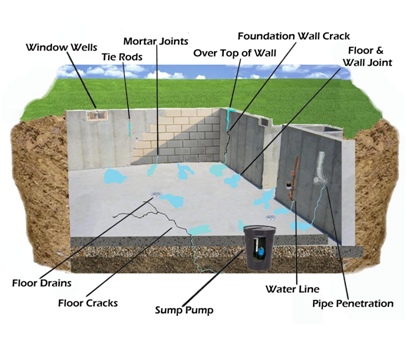
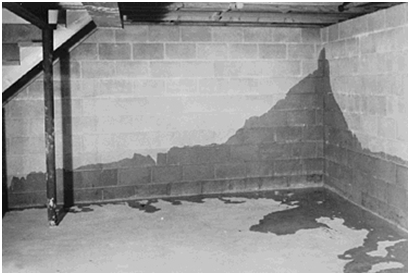
|
Leaky Basement
Look for -sump pumps -crumbling plaster, drywall or masonry -peeling pain -wall cracks with stains -recent exterior excavation on the outside -evidence of new dampproofing material on the exterior -evidence of a drainage layer or membrane -dehumidifier in the basement -patch on floor to cover drains -perimeter drain trough -rust on steel structure -storage kept off the floor -damaged basement storage -mold -rot -efflorescence -patched wall |
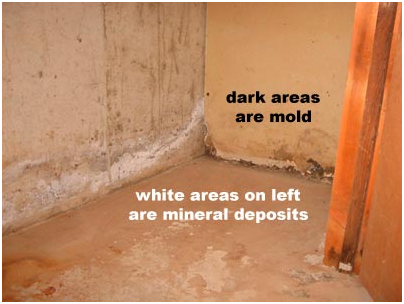

|
Mold inside basement
One of the clearest signs that you have mold in your basement is the smell. Because of the stagnant air in the basement, odors build up and become very noticeable. Don't ignore a musty or moldy smell in the basement as it probably means you have a basement mold problem. Some of the most common places where mold grows in the basement are: • Walls • Wall cavities • Wooden building frames • Ceiling • Floor • Insulation • Storage boxes • Furniture • Pipes • Ducts and vents |
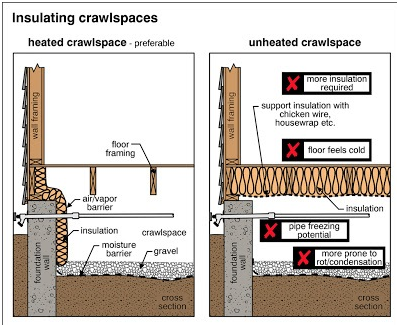
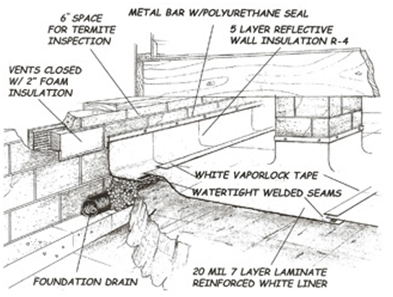
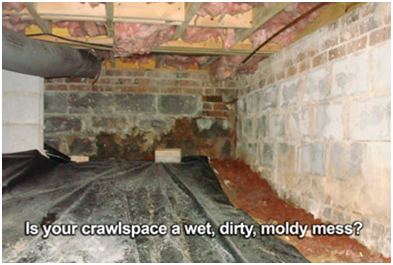
|
Oversized breakers/fuse
Crawlspace insulation Unheated crawlspaces maybe susceptible to rot than heated crawlspace. Freezing plumbing and excessive heat loss through ducts are a risk in unheated crawlspaces in cold climates. There should be a 6mil vapor barrier under gravel. There should not be ventilation for crawlspace. |
Common Heat Recovery Ventilators (HRV) Problems | |
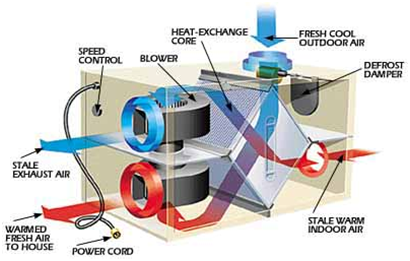
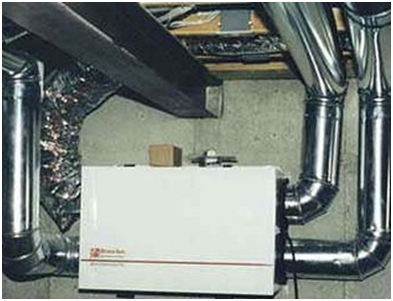
|
What is Heat Recovery Ventilators (HRV)?
HRV improves energy efficiency, balance house pressure. Heat is recovered from exhaust air by transferring it to the cool inlet air. Energy recovery ventilators (ERV) transfers house moisture and heat from the exhaust air into the fresh air coming into the house |
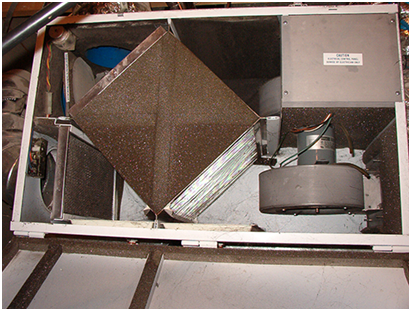
|
HRV filters missing or dirty
The heat exchanger is likely to get dirty if the filters are missing. If the filters are dirty, airflow may be restricted |

|
Ventilation fan switch not found or label
There should be a switch that allows the HRV to be turned on at high speed to achieve ventilation capacity to meet short-term needs. |

|
Trap in condensate drain
The trap in the condensate line prevents air being drawn into the house through the condensate line and the heat recovery ventilator |
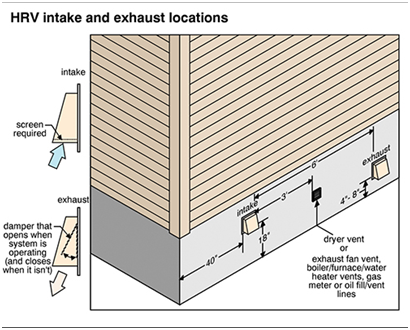
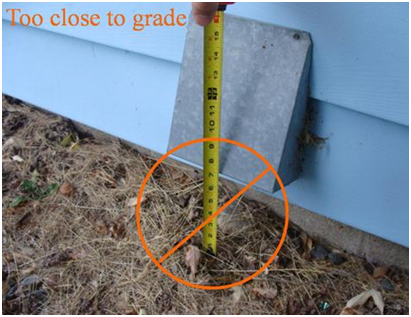
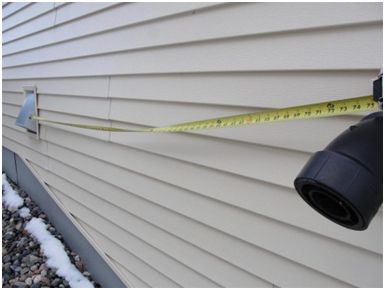
|
HRV intake / exhaust location |